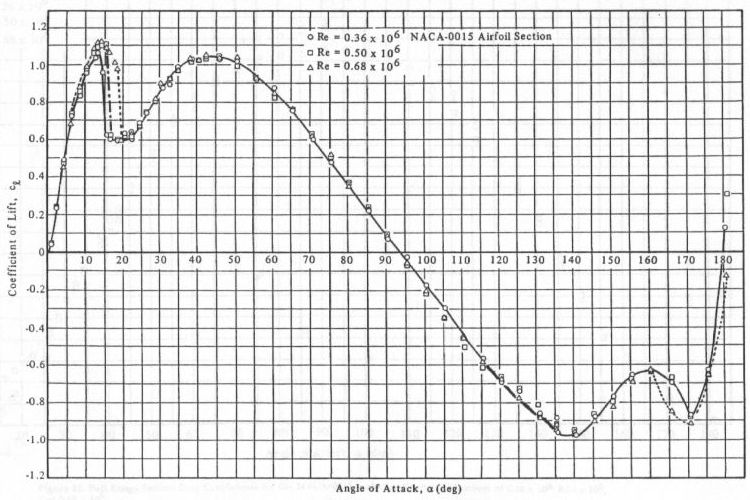g-force_addict wrote:Stalled wings ...... (flow separation) cause more drag.
a year ago I would have said so, and did say so in some post
however an F1 ('2 element' aka slotted flap) rear wing at its highest AoA imparts a 90deg velocity component to the ambient air
so producing the maximum possible lift coefficient from a wing of the maximum permitted dimensional 'box'
changing the in-slot condition causes seperation behind the flap and a large reduction in the imparted velocity component
both lift coefficient and drag coefficient are reduced
so in F1 such stalling causes less drag, not more drag
the definition of stalling angle is the AoA beyond which the lift coefficient falls
in aviation the drag coefficient (of an aerofoil) always increases with stall/seperation
but slotted flap behaviour beyond stalling is undefined
because flaps are not intended for or designed for stalling and its consequences regarding speed/dynamic pressure

